Xoloitzcuintli
The Xoloitzcuintle (pronounced show-low-eats-queent-lee) or Mexican Hairless Dog is a rare, ancient dog breed originating in Mexico during the Aztec Empire. The history of the breed goes back more than 3,500 years. The Xoloitzcuintle is thought to be one of the first dog breeds ever and is considered a natural breed created due to a spontaneous genetic mutation.
“Strange hairless dogs” were mentioned in the 1492 journals of Columbus and other European explorers.
FUN FACT: A Spanish missionary named Bernadino de Sahagún described how the Aztecs would tuck Xolo dogs in blankets at night to keep them warm.

Height:
10-23 in (25-58 cm)

Weight:
10-55 Ib (5-25 kg)

Origin:
Mexico

Life Expectancy:
13-18 years
Dog Breed Characteristics
The Xoloitzcuintle has a sleek body, almond-shaped eyes, large bat-like ears, a long neck, and a tail. These dogs come in three sizes, and these three sizes have different names in two of the standards we will be focusing on. The FCI (Fédération Cynologique Internationale) calls these sizes Standard, Miniature, and Intermediate.
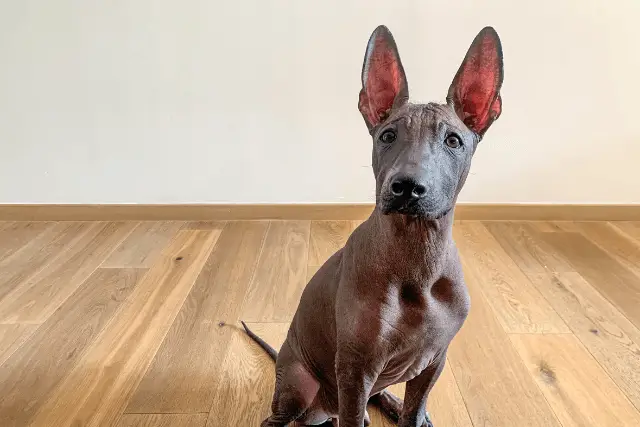
FCI standard
The FCI describes these dogs as “ancient, natural, and primitive dogs.” They say that these dogs are modeled and shaped only by evolution. They also mention that Xolos are very attractive, slim, and elegant dogs that are moderate in all aspects. These dogs are a part of Group 5 (Spitz and Primitive Types), Section 6 (Primitive Type). This standard has a specific height for all three sizes, and they are as follows:
- Standard - 18,1-26,6 in (46-60 centimeters)
- Intermediate - 14,1-18 in (36-45 centimeters)
- Miniature - 9,8-14 in (25-35 centimeters)
There are no specific weight limitations but their weight should be in proportion to their size. These dogs do not have a working trial and were registered by the FCI on a definitive basis on the 6th of November 1961.
FUN FACT: All Xoloitzcuintle dogs have one dominant hairless gene and one recessive coated gene. Because of this, about one-third of Xoloitzcuintle dogs have coats.
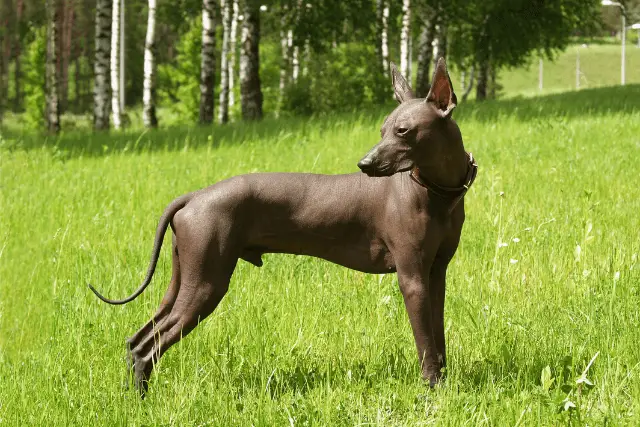
Grooming and care
The Xoloitzcuintle has a sturdy, muscular body, and if there is a coat on that body, the coat is short and easy to care for. The coat requires occasional brushing and comes in various colors (black, gray-black, slate, red, liver, or bronze). The hairless version of this breed often has some hair only on the top of their head, their feet, and the last third of their tail.
This version requires more care because their smooth skin is exposed at all times. When it’s sunny outside, the Xoloitzcuintle needs to have sunscreen applied to his body. The skin needs to be frequently washed and moisturized. These dogs are best suited to warm climates. In cold weather, they should be walked in a sweater or a coat to keep them warm.
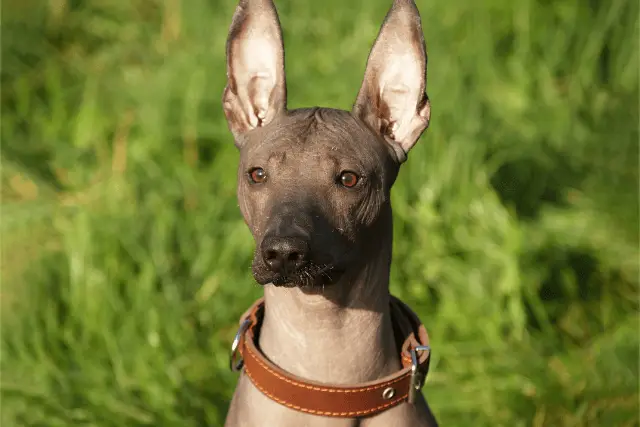
FUN FACT: Although their body temperature is the same, hairless Xoloitzcuintle dogs feel warmer to the touch than coated ones, and this is probably what helped people think they could help with ailments.
The Xoloitzcuintle’s nails should be trimmed regularly, teeth brushed a few times a week, and ears cleaned every few days to prevent buildup. Unlike other dogs, the Xoloitzcuintle sweats through the skin and paw pads, so it is important to keep those areas clean.
Training
The Xoloitzcuintle is highly athletic, active, and agile but needs only moderate daily exercise. Long daily walks and occasional jog will be sufficient to keep them happy and healthy. The Xoloitzcuintle is an intelligent, sensitive, and devoted breed. This breed is one of the noblest and most loyal breeds in the world. These dogs love their families, and they bond very tightly with the person who feeds them and spends time with them.
They desire attention and need a lot of personal interaction with their humans. These dogs are sensitive to stress, yelling, and arguing; they must be part of a harmonious home. They are also very protective of their family, and they make excellent watchdogs.
The downside is that these dogs will bark at almost anything; they are too quick to sound the alarm at everything new, so the important thing is to teach them to stop barking on command.
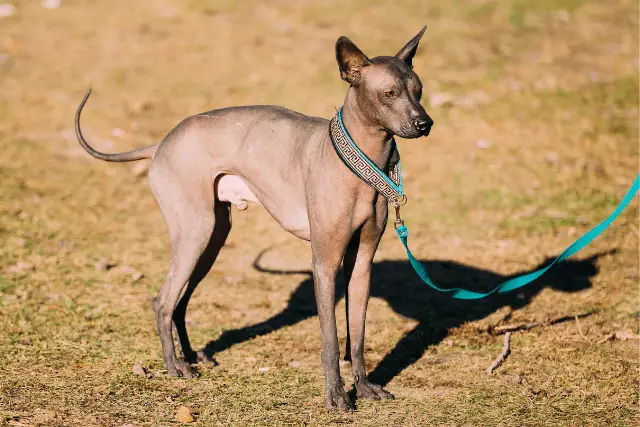
Behavior and socialization
The Xoloitzcuintle has a strong prey drive, so you should keep an eye on this dog because he will probably chase other animals they see outdoors. However, if raised together, this dog can live peacefully with a cat or some other animal.
The Xoloitzcuintle requires extensive and early socialization and training. Socialization is extremely important because these dogs are high-strung or timid of new people and new, unknown situations. These dogs are easy to train. However, they have an independent mind and can be manipulative. Is important to show your Xolo that you mean what you say.
The dog needs to respect you for training to be a success. Also, the Xoloitzcuintle breed is hard to housebreak. Consistent crate training is mandatory.
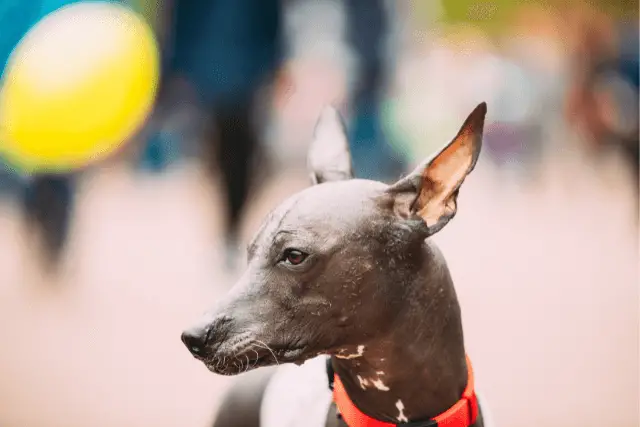
FUN FACT: The Xoloitzcuintle breed became very popular when Mexican painters Frida Kahlo and Diego Riviera adopted a few of them in the 1920s.
Health issues
The Xoloitzcuintle has a life expectancy of 13-18 years and is one pretty healthy breed. There aren’t any breed-related health concerns known. However, responsible breeders will screen their Xoloitzcuintle dogs before breeding them, including screening for hip dysplasia, patellar luxation, as well as heart and eye disorders.
Also, some hairless Xolos don’t have a full set of teeth. They often miss their premolars, the bicuspids between the canines and molars. Dentition is believed to be genetically linked to the gene that causes hairlessness. This is not faulted in the show ring.
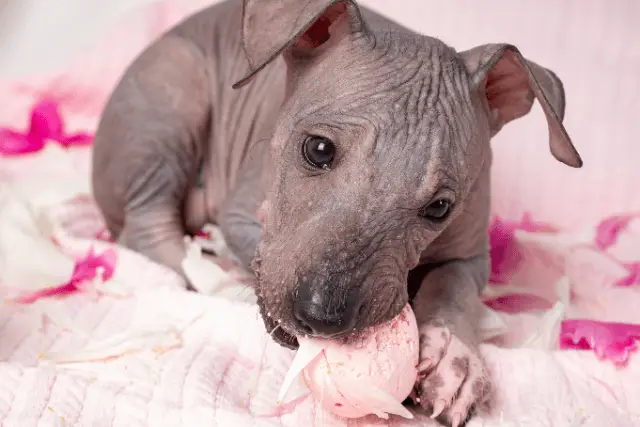
Xoloitzcuintle breeders
These dogs remain rare today, so be prepared to wait for your new Xolo puppy. Before buying one, ensure you are dealing with a decent, reputable, registered dog breeder. We work exclusively with registered breeders at World Dog Finder, so we strongly recommend using this website to find a Xoloitzcuintle breeder.
Ask the breeder as many questions as possible to find out as much as possible about this dog breed. Also, you can always search for breeders in your national Cynology association. Because it is so rare, purebred Xoloitzcuintle can be very expensive.
World Dog Finder team

Updated at31.08.2023.
Breed History
These dogs have played a huge role in ancient American civilizations such as the Maya and the Aztecs. There have been many statues of hairless dogs found in ancient burial grounds and even Columbus himself mentioned these dogs in the New World journals. They played a pivotal role in life as well as in the death of the ancient Mayans and Aztecs.
Origin of the name
This breed got a name from the Aztec deity Xolotl, the god of fire and the escort of the dead to the underworld, and “itzcuintli,” the Aztec word for dog.
Origin of the breed
This breed is believed to be one of the oldest dog breeds in the entire world. Historians believe that these dogs reached the American continent together with the first human beings who crossed the Bering Strait. We have recently found out through archeological excavations and research that these dogs are over 3.500 years old and that might as well be the reason they had such a big role in those ancient civilizations.
Their exact origin is still a myth and we do not know exactly how this particular breed came to life. As we already mentioned, they are most likely a result of spontaneous genetic mutations since these dogs do not share DNA with any other registered dog breed. There are three known breeds of hairless dogs and they are the Chinese Crested, the Peruvian Inca Orchid, and the Xolo.
Their unknown origin, alongside their look, adds to their mystery. One other contributing factor to this breed's mystery is the fact that there are a lot of myths surrounding them.
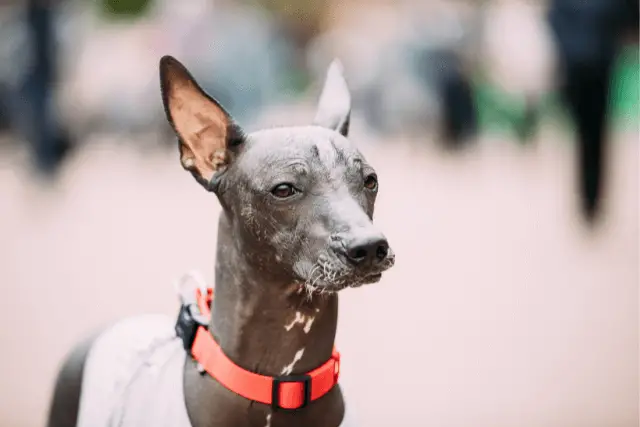
Xolo mythology
As we already said, these dogs played a huge and important role in some of the world’s most famous ancient civilizations - The Mayans and the Aztecs. The history of these two civilizations is some of the most interesting things to read and learn about and they had a special place for these dogs.
These dogs were named after the god of death and lightning that was named “Xolotl” and the biggest reason for that is because these ancient civilizations believed that they were created by this god himself.
There is a legend that says that Xolotl took a little piece from the “Bone of Life” and used it to create these dogs. He created these dogs with a purpose, and their purpose was to protect their humans during their life and to lead them safely to the mythical Mictlan (The Underworld) in their death.
These dogs were also believed to have spiritual powers and their most important one was to keep the evil or bad spirits out. Some of these dogs were mummified and buried alongside their owners so they could lead the way to the Underworld. Other people were buried with small figurines of hairless dogs that were believed to be the Xolo, to lead them safely to the afterlife.
It is unlikely that the dog and the owner died at the same time so a theory was developed that ancient Xolos were sacrificed and the remains found in ancient burial grounds fully support these claims.
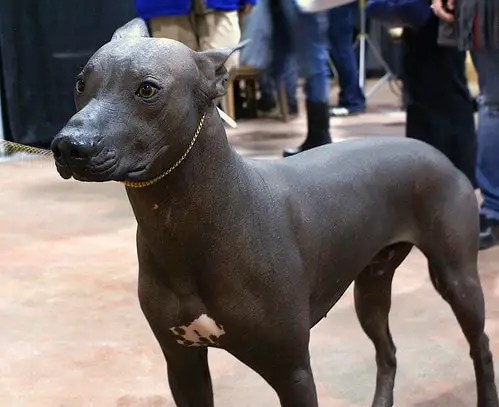
These dogs were believed to be miraculous and with healing powers (they would help in cases of asthma, toothache, insomnia, and rheumatism). The Aztecs believed these dogs were sacred.
Xoloitzcuintle food source
That mythology wasn’t the only role these dogs had in ancient civilizations. Unfortunately, there was another role and a much more sinister one. In the Mesoamerica times, these dogs and turkeys were the only domesticated and carefully bred animals. They were kept as pets and as a food source.
Their meat was considered a delicacy and carefully consummated so that the breed's survival would not come into question. Their meat was usually consumed during special religious ceremonies and the Aztecs believed that by consuming their meat, they would inherit all the mythical powers the Xolo possessed.
When Spanish Conquistadors arrived in these areas, they introduced the local villages and people to what we consider animal food sources, such as cows, chickens, and lambs. Unfortunately for the Xoloitzcuintle, the Spanish were introduced to the local traditions and food. It is said that the conquistadors developed such a strong taste for the Xolo’s meat that they nearly “eaten the breed to extinction”.
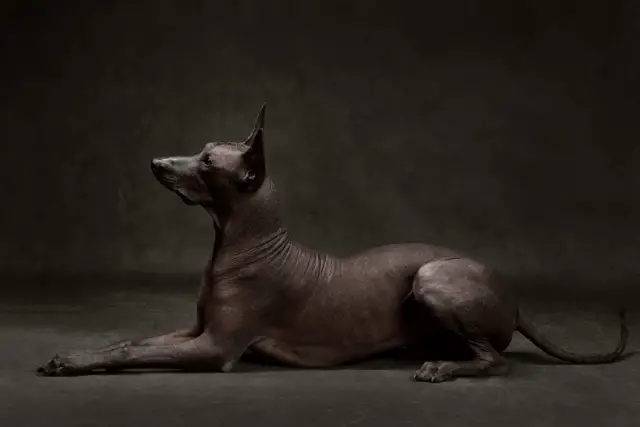
More recent Xolo history
The Xoloitzcuintle remains a rare breed until this day. They have become more popular all over Mexico when Frida Kahlo and Diego Rivera got a couple of Xolos and made them a part of their unique and signature look. Their rarity, cultural and historical importance is what significantly helped these dogs become popular. The situation got a little bit better for these dogs but they remained unrecognized worldwide until 1956.
The first Xoloitzcuintle registered with the was named Mee Too. Today, the Xoloitzcuintle dogs are companion dogs and are considered a national treasure in Mexico.
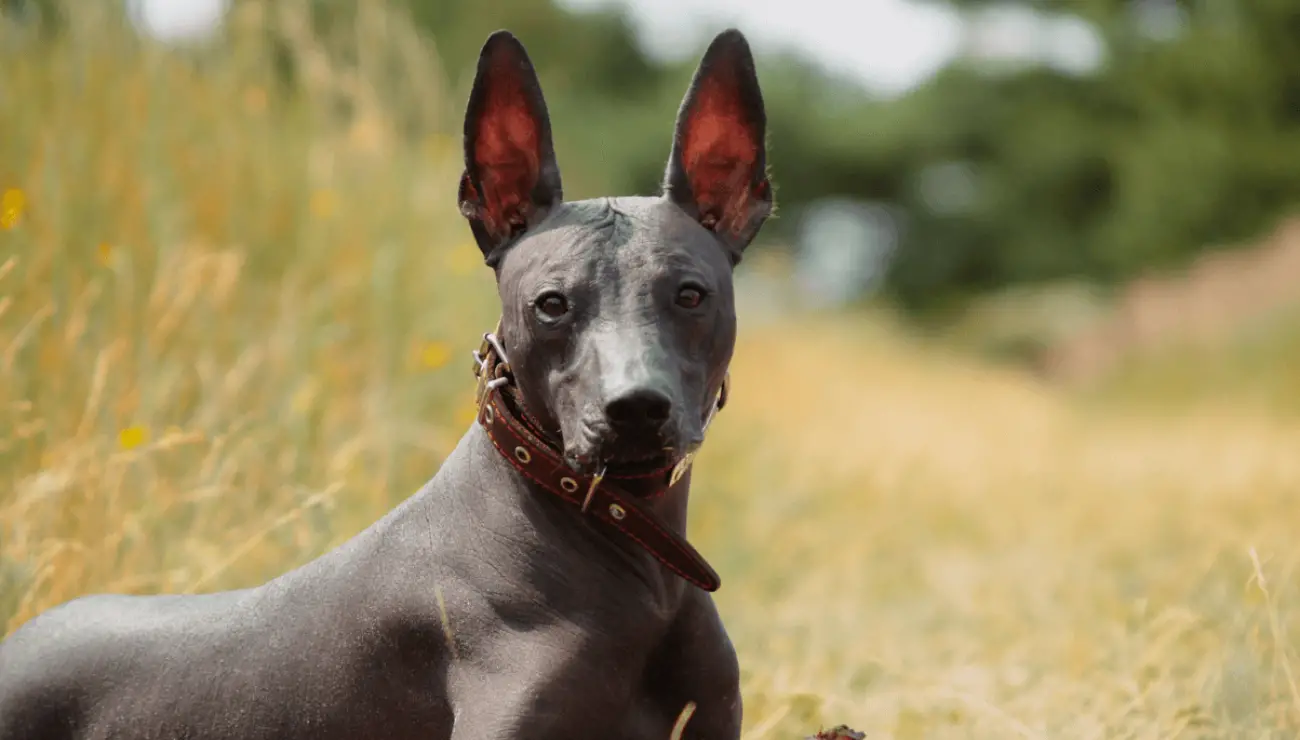
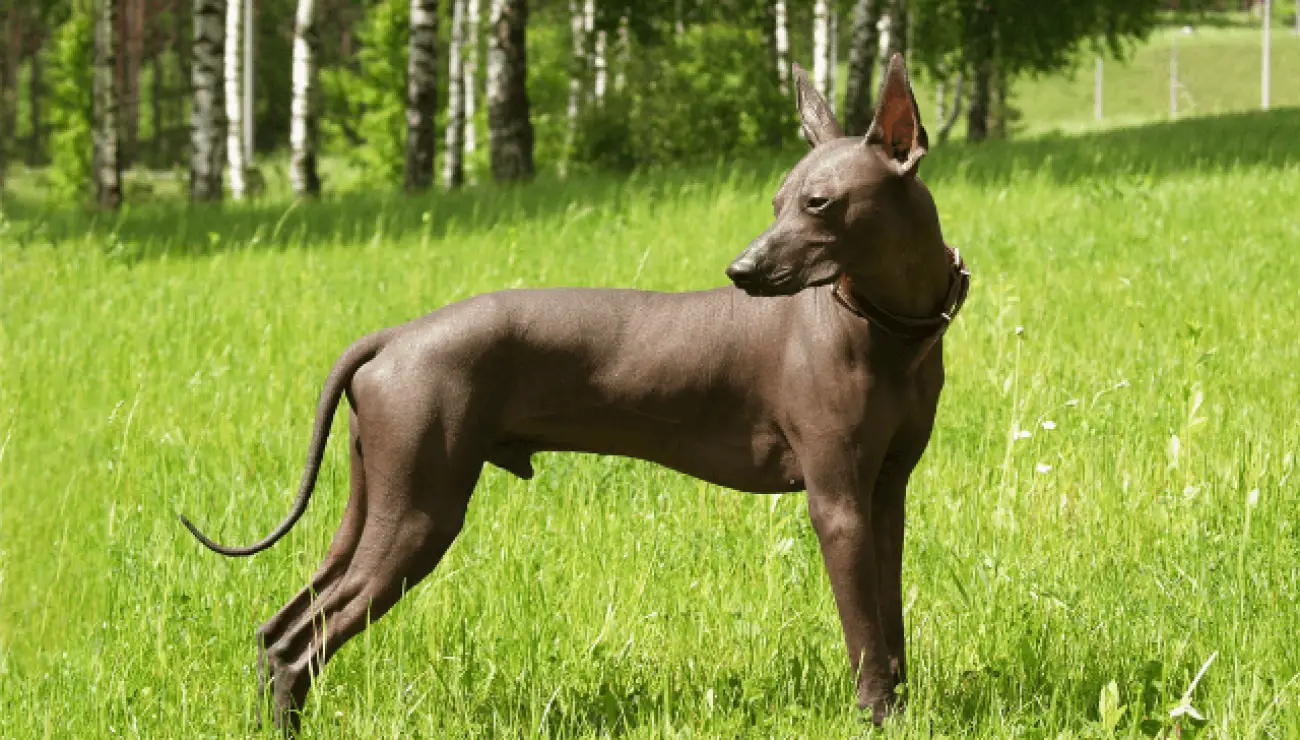
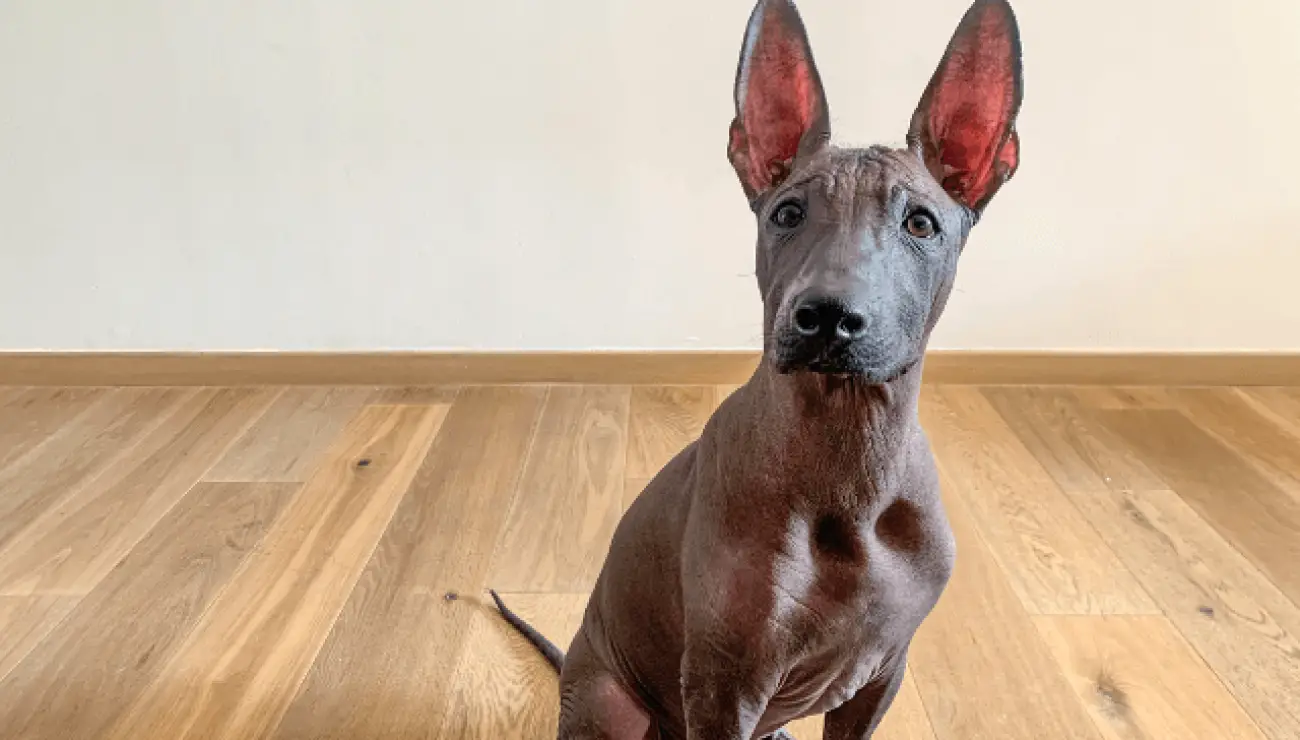
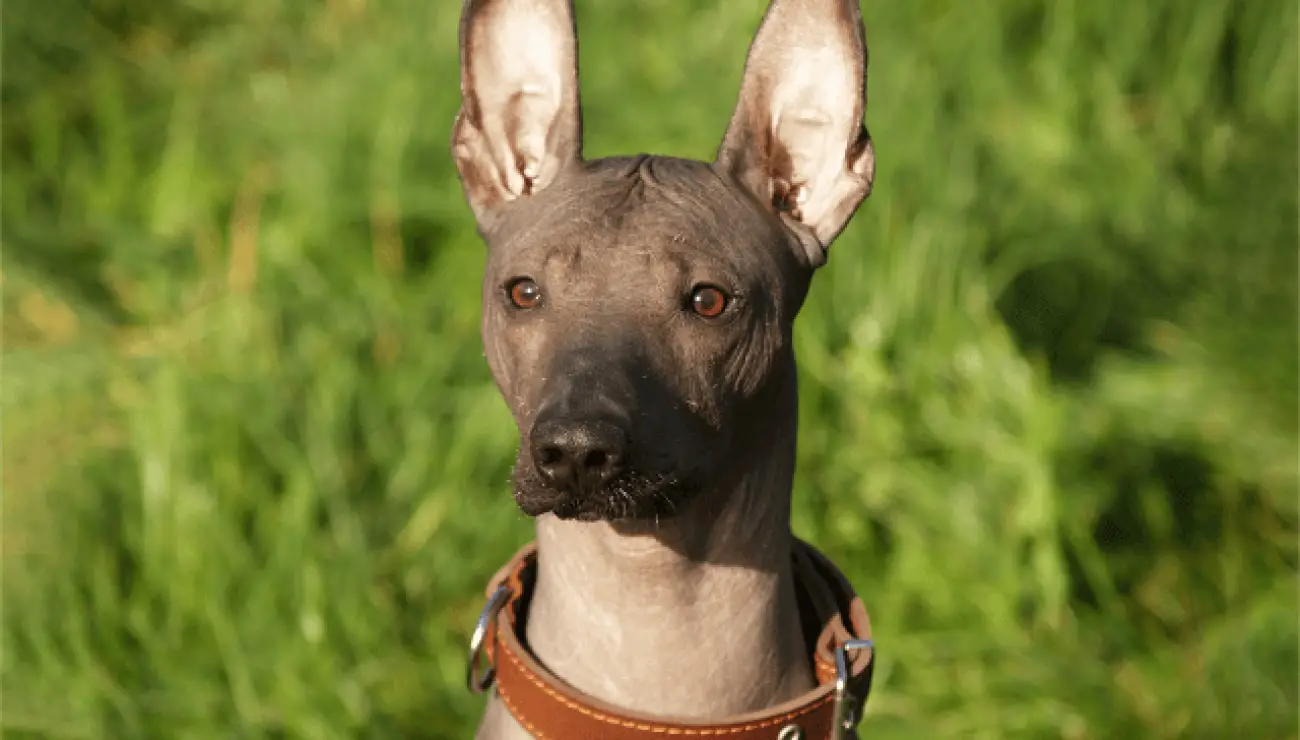
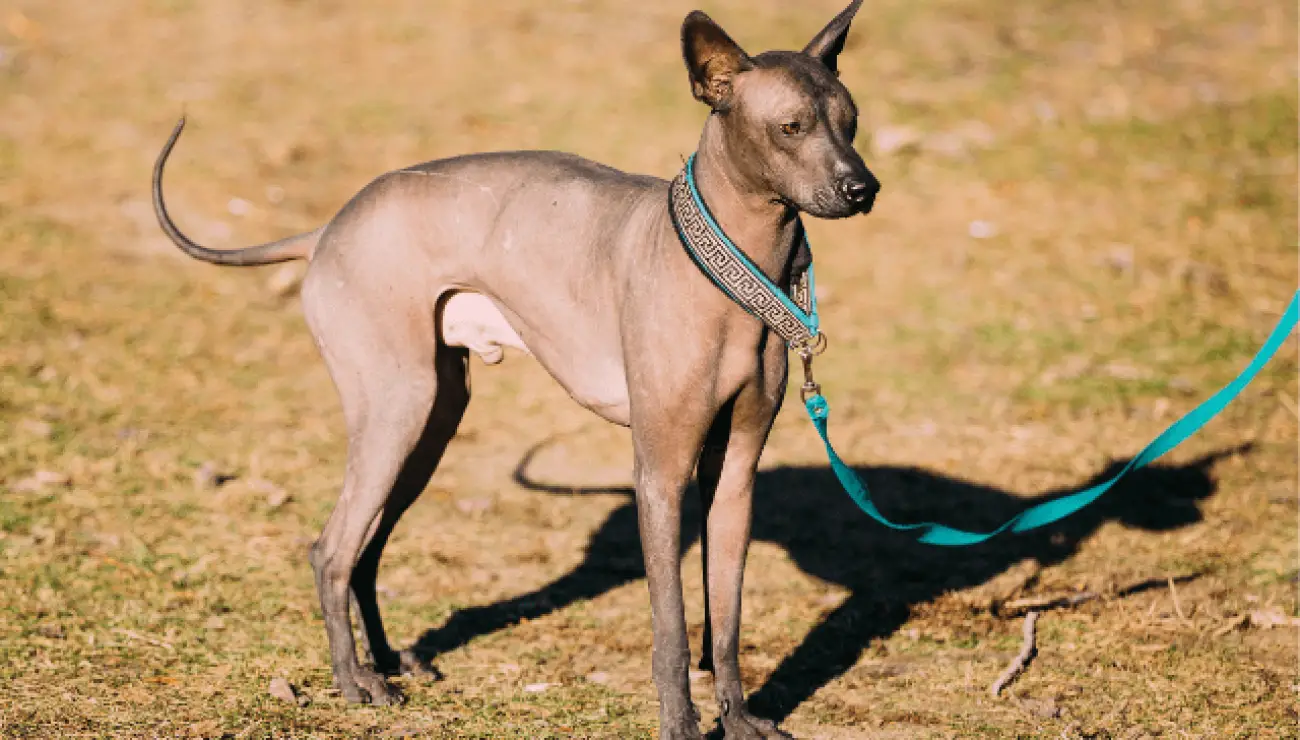
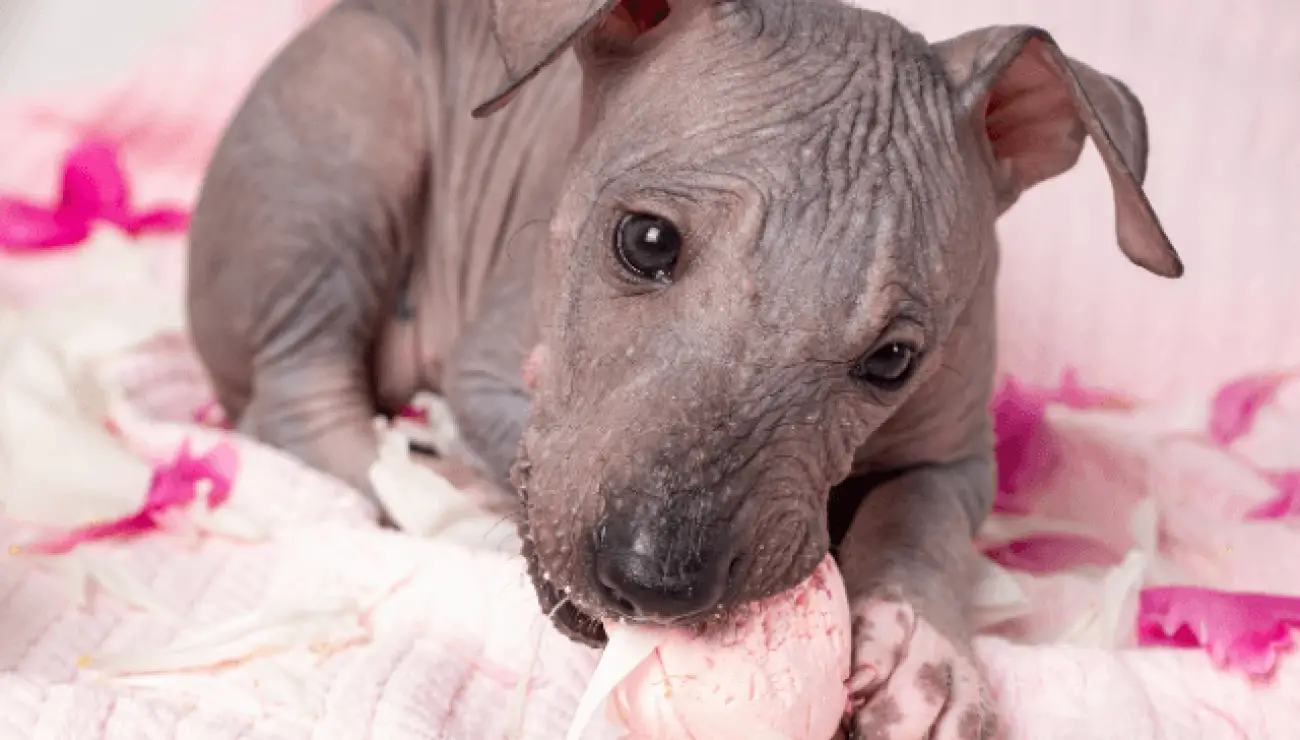
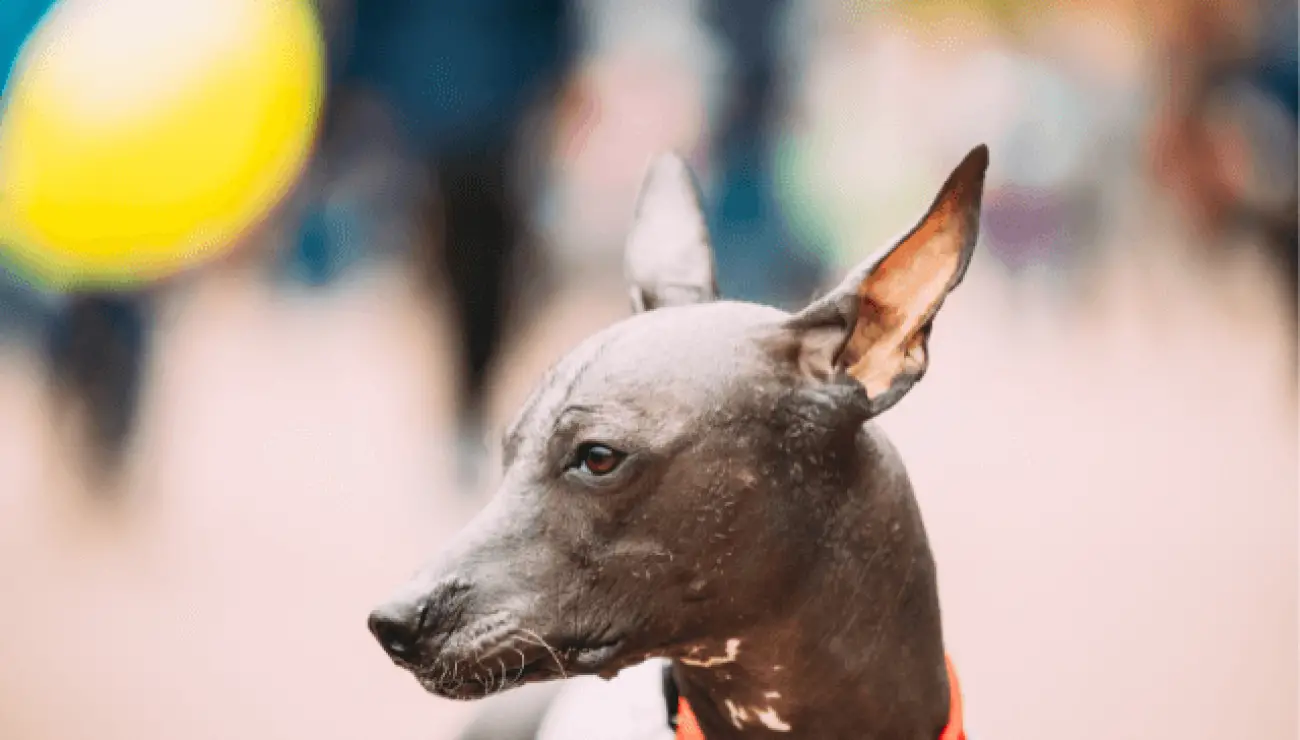
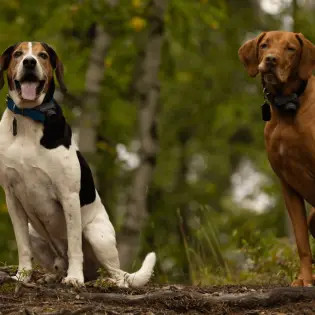
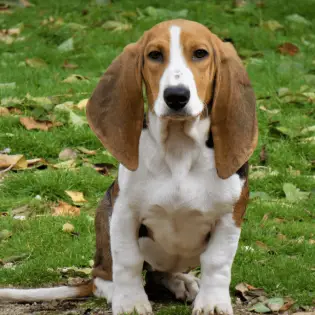
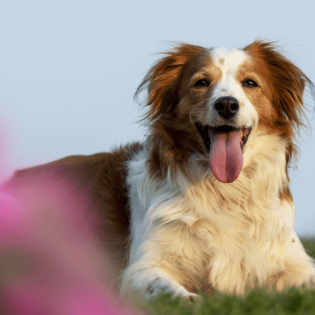
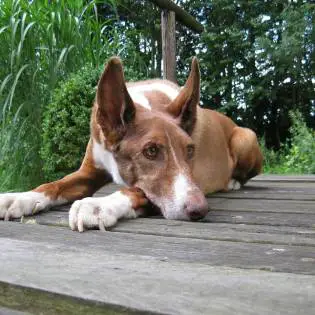
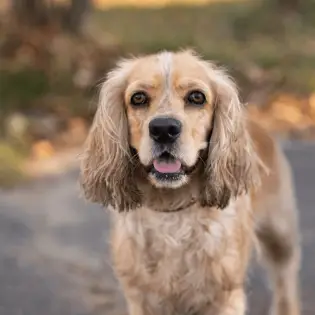
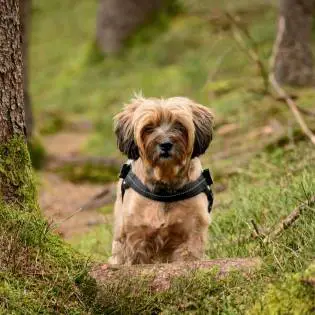
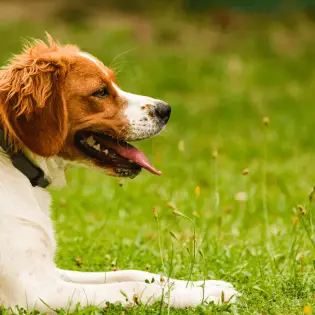
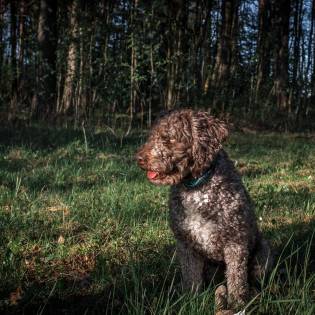
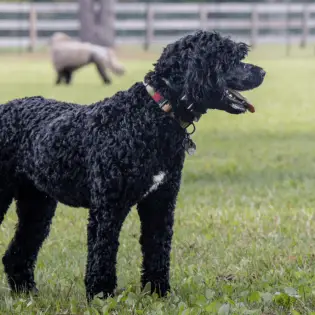
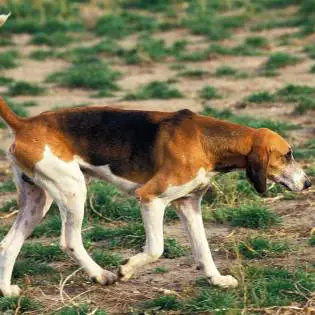

Share